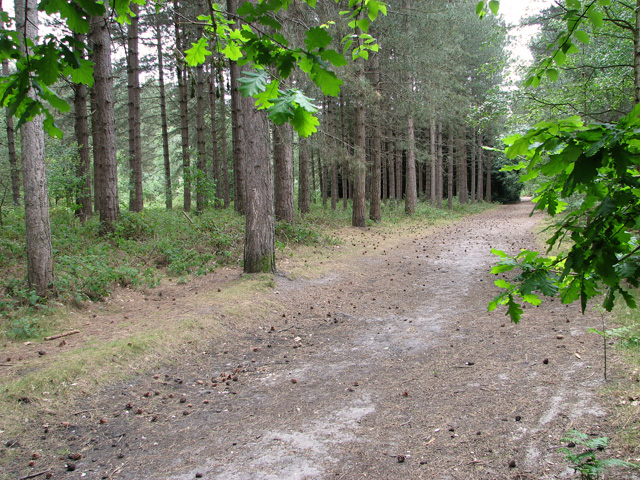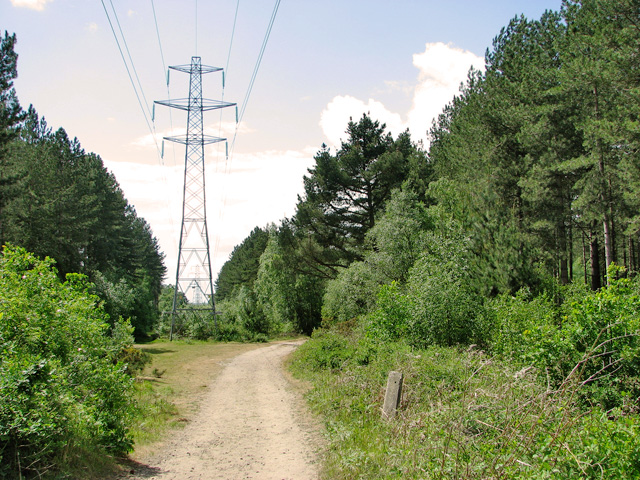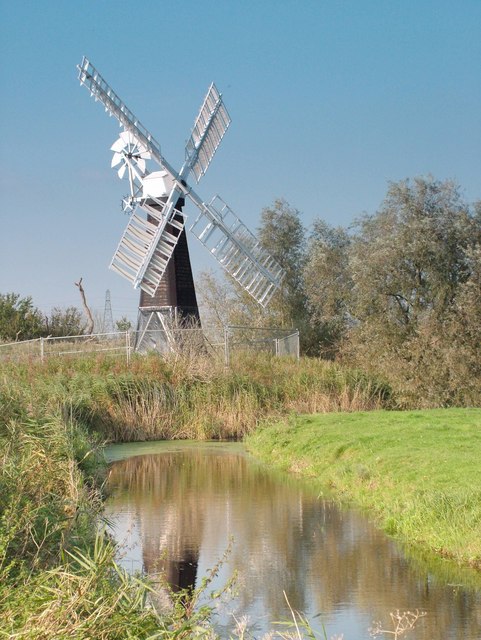Riverside Park
Downs, Moorland in Suffolk Great Yarmouth
England
Riverside Park
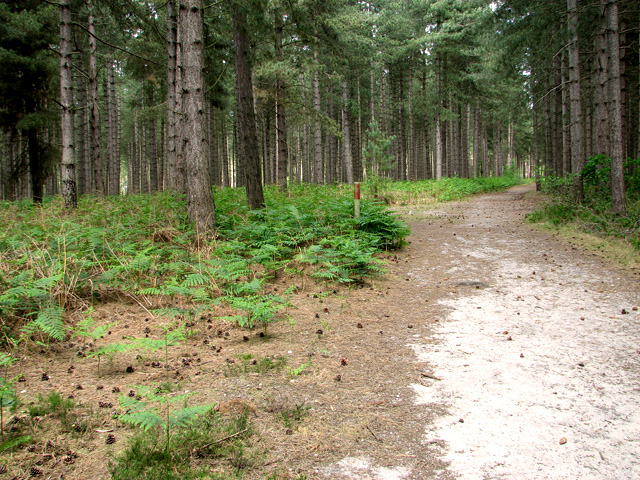
Riverside Park, Suffolk (Downs, Moorland) is a picturesque and expansive recreational area located in Suffolk, England. Spanning across a vast area of lush greenery and bordered by a serene river, the park offers a tranquil escape from the bustling city life.
The park is characterized by its diverse landscape, encompassing both open downs and moorland areas. The downs feature rolling hills and sweeping vistas, creating a perfect setting for leisurely walks and picnics. The moorland, on the other hand, offers a more rugged and wild experience, with heathland, marshes, and ponds scattered throughout. These contrasting terrains provide ample opportunities for exploration and appreciation of the natural beauty.
Visitors to Riverside Park can also enjoy a variety of recreational activities. The park boasts well-maintained walking trails, ideal for both casual strolls and more challenging hikes. Birdwatchers will delight in the diverse avian species that inhabit the park, including herons, ducks, and various songbirds. Anglers can try their luck at fishing in the river, which is known for its abundant trout and salmon.
In addition to its natural attractions, Riverside Park offers amenities to enhance visitors' experiences. There are picnic areas equipped with benches and tables, allowing families and friends to enjoy meals amidst the scenic surroundings. A children's playground provides entertainment for younger visitors, while well-maintained restroom facilities ensure convenience for all.
Overall, Riverside Park, Suffolk (Downs, Moorland) is a haven for nature lovers and outdoor enthusiasts. Its combination of stunning landscapes, recreational activities, and convenient amenities make it a popular destination for both locals and tourists seeking a peaceful and rejuvenating retreat.
If you have any feedback on the listing, please let us know in the comments section below.
Riverside Park Images
Images are sourced within 2km of 52.534093/1.6215122 or Grid Reference TM4599. Thanks to Geograph Open Source API. All images are credited.
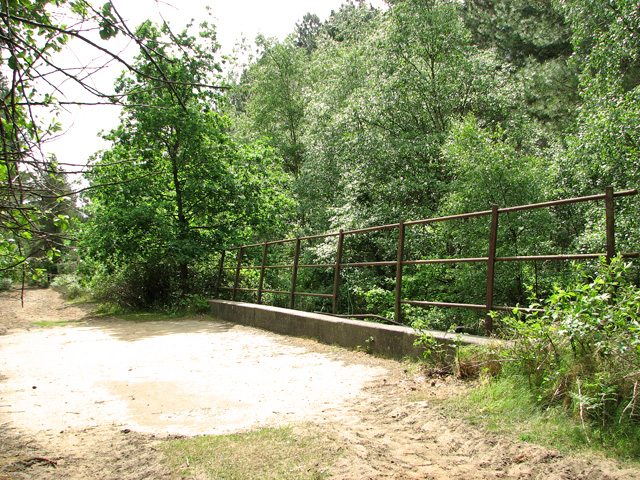
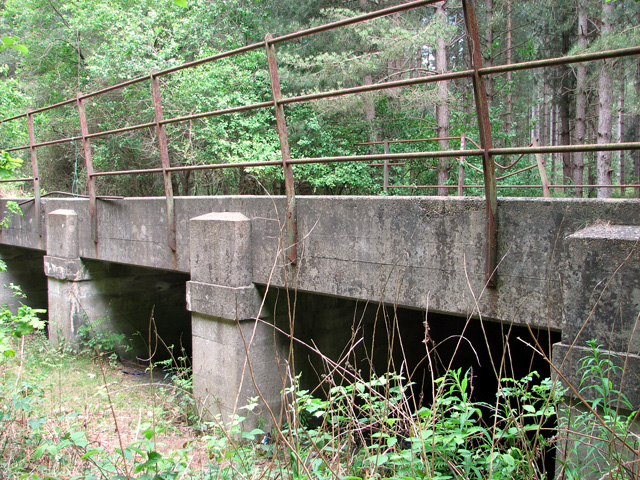
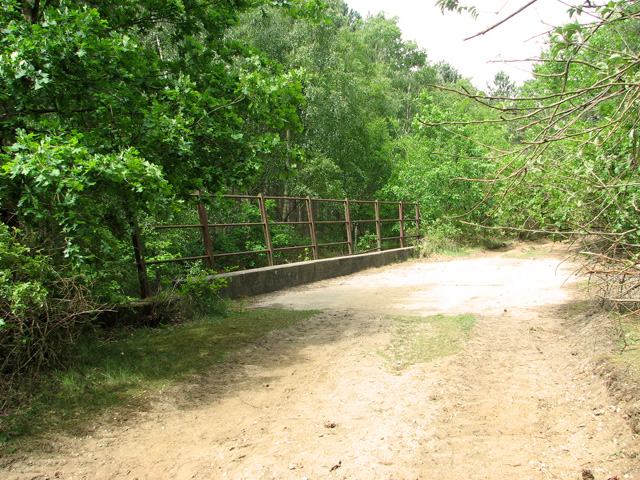
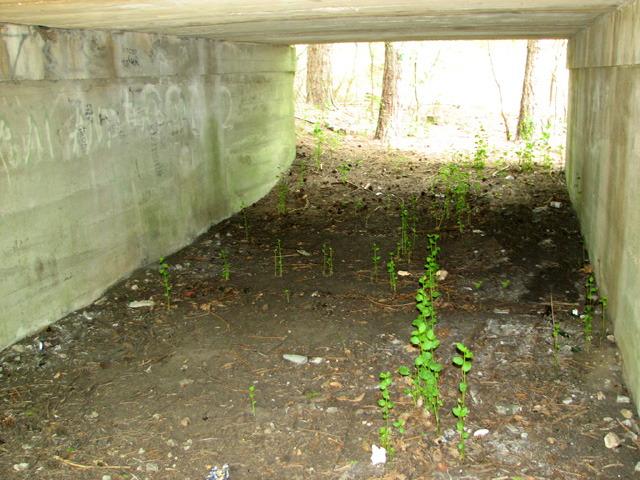
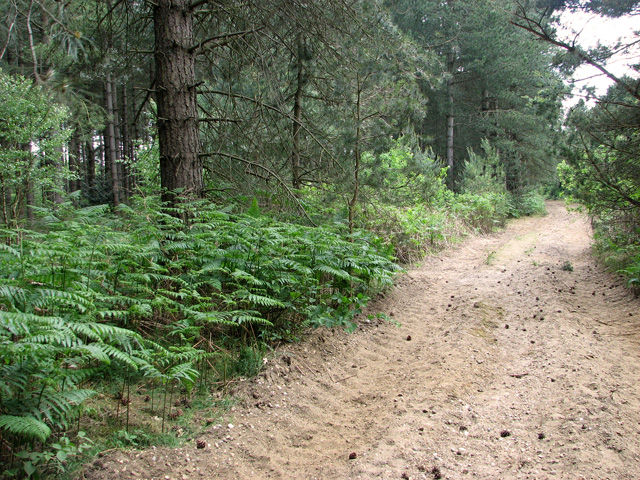
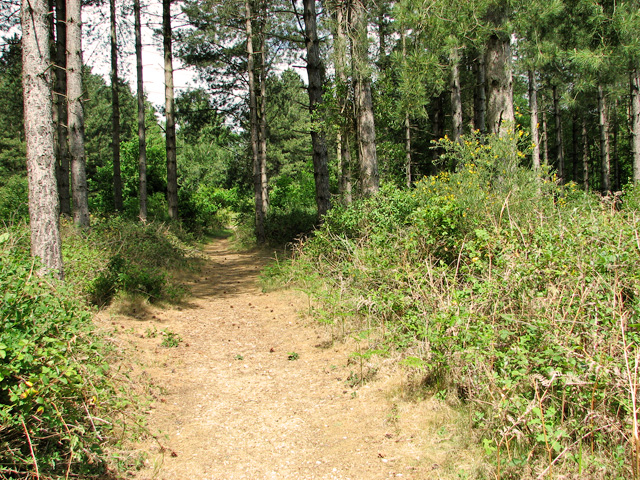
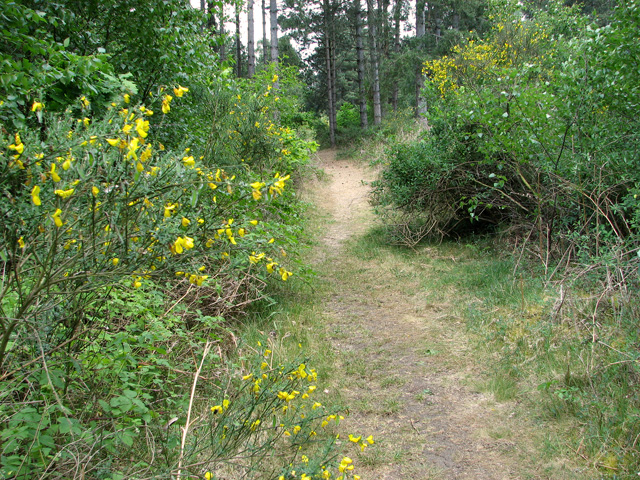
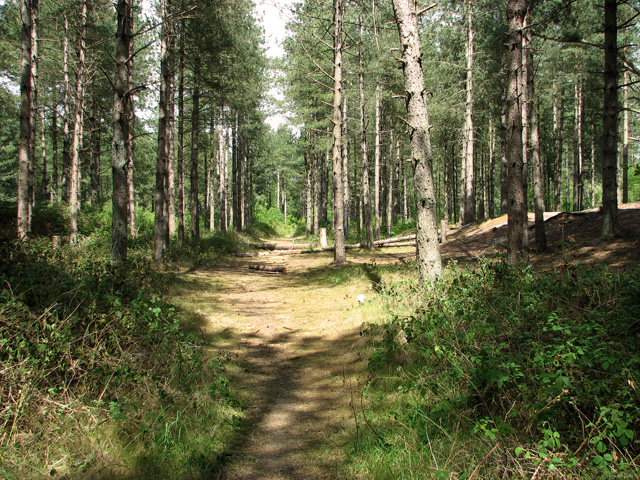
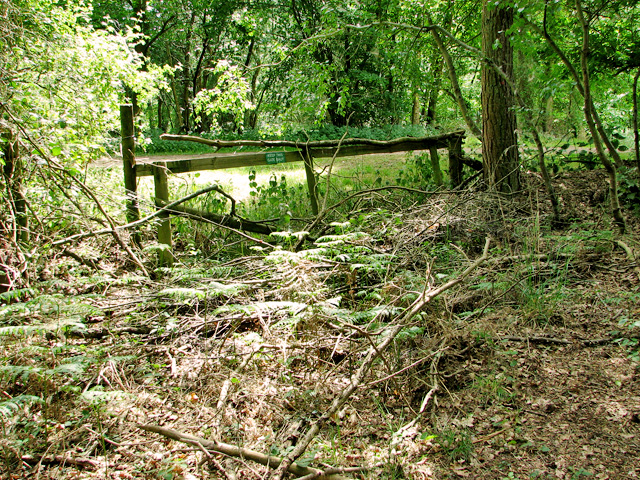
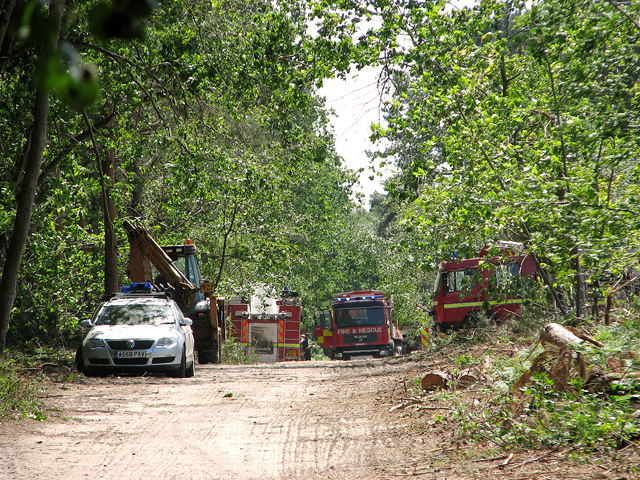
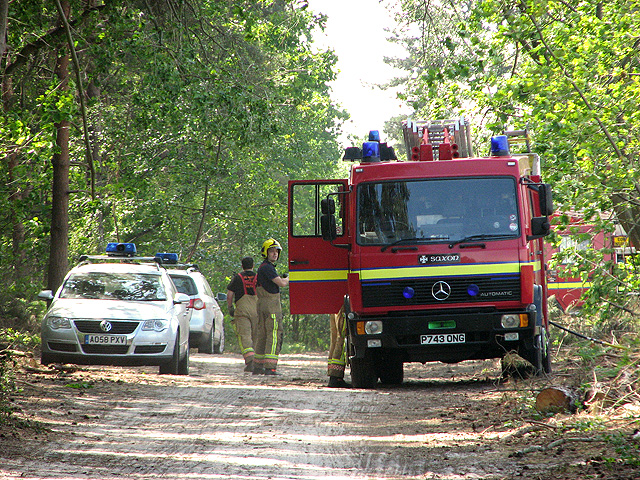
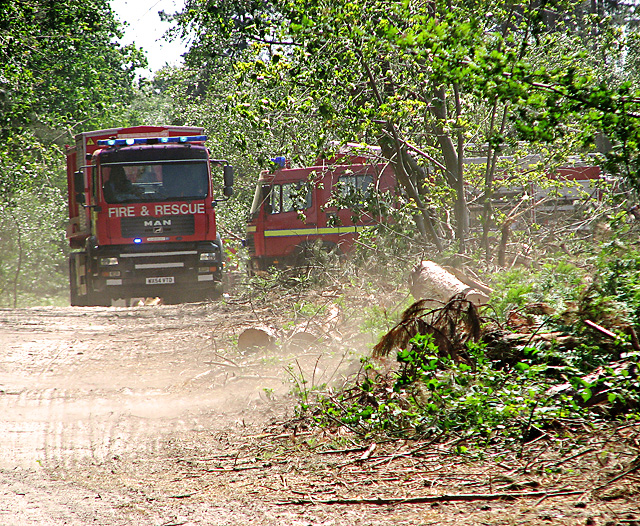
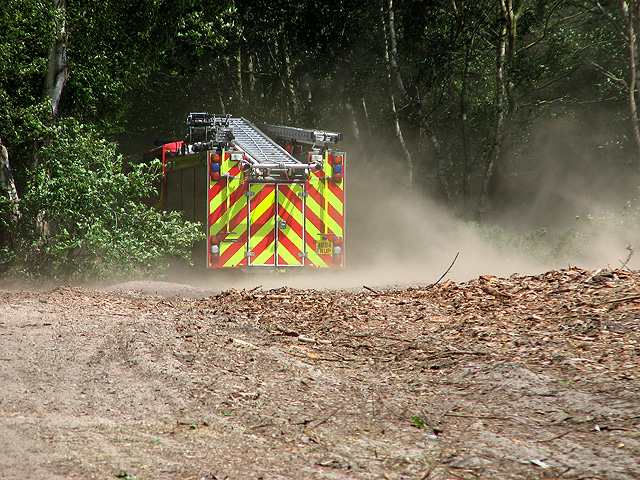
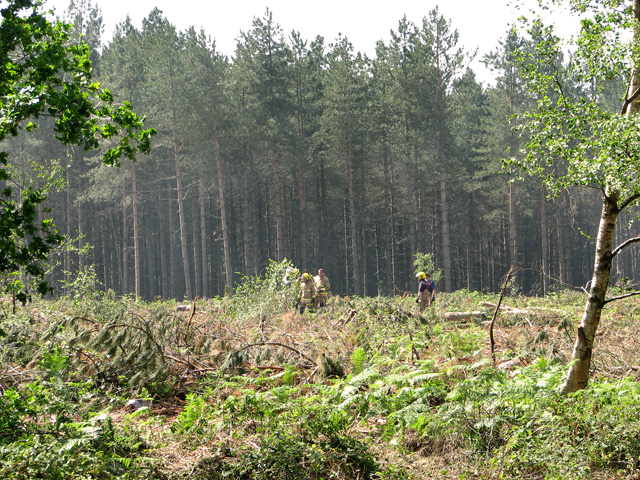
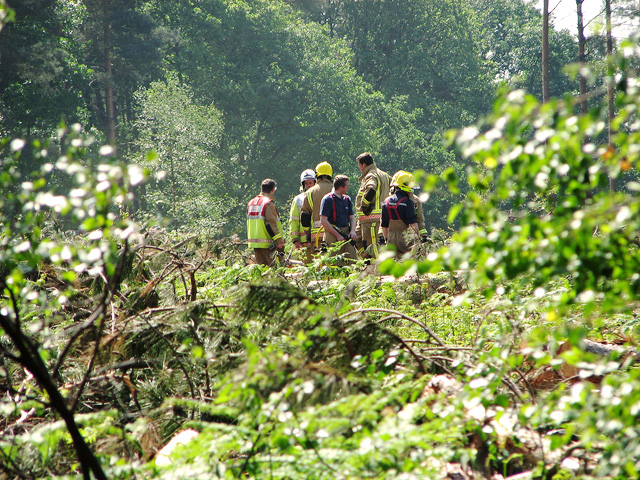
Riverside Park is located at Grid Ref: TM4599 (Lat: 52.534093, Lng: 1.6215122)
Administrative County: Norfolk
District: Great Yarmouth
Police Authority: Norfolk
What 3 Words
///circus.cautious.spell. Near Reedham, Norfolk
Nearby Locations
Related Wikis
St Olaves
St Olaves is a village in the English county of Norfolk. The village is situated on the River Waveney, 6 miles (10 km) south-west of the town of Great...
Haddiscoe railway station (Norfolk Railway)
This was the original Haddiscoe railway station serving Haddiscoe, Norfolk. It was opened in 1847 by the Norfolk Railway and closed in 1904. Upon closure...
St Olaves railway station
St Olaves was a station in St. Olaves. It was on the Great Eastern Railway between Great Yarmouth and London. It was first opened in June 1859. After just...
St Olaves Priory, Herringfleet
Herringfleet Priory (also St Olave's Priory) was an Augustinian priory of Black Canons located in St Olaves, 6 miles (9.7 km) north-west of Lowestoft in...
Nearby Amenities
Located within 500m of 52.534093,1.6215122Have you been to Riverside Park?
Leave your review of Riverside Park below (or comments, questions and feedback).
